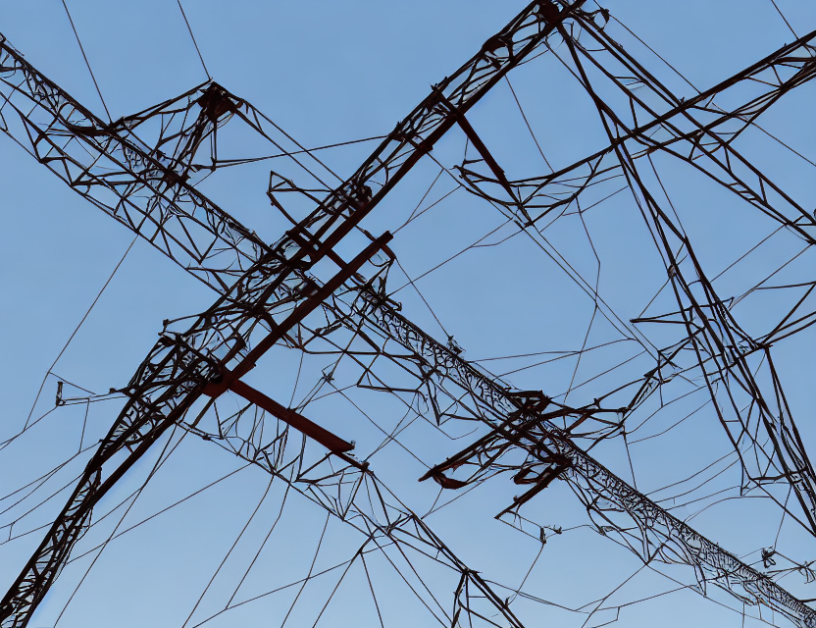In this study, we compared the performance of different methods for perching on power lines. Perching on power lines is a crucial task for drones in agriculture and surveillance applications. The traditional method of Mao’s, which uses an initial duration of 1 second and a coarse resolution, takes a long time to compute trajectories. Our proposed method, however, uses a finer resolution and a shorter initial duration, resulting in faster computation times without sacrificing optimality.
We also analyzed the impact of spatial profile on dynamic feasibility, which is crucial for perching on power lines. We found that Paneque’s method ignores this factor and results in unsatisfied constraints. Our method takes into account the spatial profile and generates trajectories that satisfy actuator and visibility constraints while optimizing computation time.
To illustrate our findings, we generated three-dimensional trajectories for perching on a moving plane with different speeds. The results show that our method can generate trajectories efficiently while satisfying all constraints.
In summary, our study demonstrates that our proposed method is more efficient and effective than traditional methods for perching on power lines. By taking into account the spatial profile and optimizing computation time, we provide a more practical solution for drones to perch on power lines in various applications.
Efficient Perching Method for Power Lines: A Comparative Study



